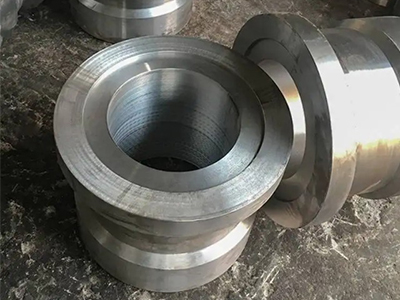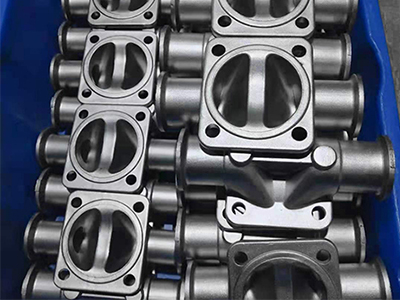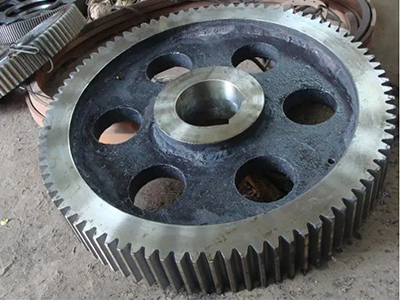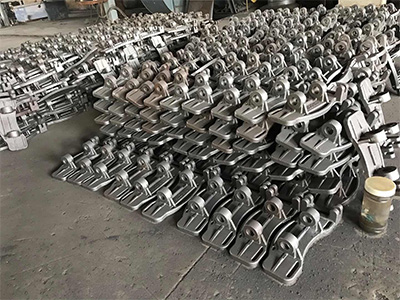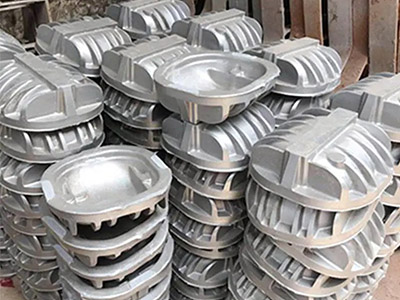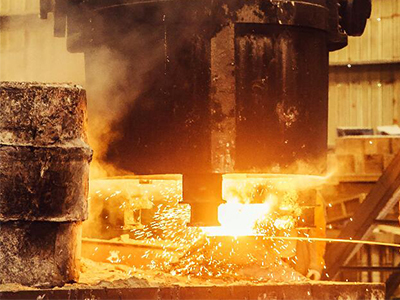- What are the common measurement problems of stainless steel castings?
- Advanced technological process of stainless Steel Precision casting
- Precision requirements and cost of Precision Castings
- Application fields and products of iron castings
- What should be paid attention to when casting machine parts
- How to prevent machine tool casting defects
- Causes of the formation of two stress of machine tool casting
- Craft measures for stainless steel precision casting
- The difference between Ductile Iron Castings and Gray Iron Castings
- Practical significance of pump casting to pump
- Call : +86 13390692151
- sale@kfqizhongji.com
-
Room 1, No. 21, Chaoying East Road, Zhoushi,
Kunshan City, Jiangsu Province, China
Which kind of steel castings is the most suitable for non-destructive testing
Non-destructive testing refers to the detection of surface or internal defects of undamaged castings or non-destructive detectives. The methods widely used in production include the following four kinds: magnetic particle inspection, ultrasonic inspection, X-ray inspection and osmotic inspection.
1. Magnetic particle flaw detection.
Mainly used for cast steel and other ferromagnetic materials will be used in high current or magnetic field. Surface defects such as cracks and other substances are not easy to pass through, and the defects can only be bypassed and leaked on the nearby surface to form a local magnetic pole.
2. Ultrasonic flaw detection.
Ultrasonic testing refers to the use of ultrasonic vibration to find defects in materials or workpieces. According to the test, ultrasonic vibration is different. It may be a continuous wave produced by a continuous vibration, or a pulse wave generated by a pulse vibration. It works on roughly the same principle, but the test method is different. Ultrasonic testing can be divided into three methods: penetration method, resonance method and reflection method.
3. X-ray inspection.
Use X-ray and Y-ray transparency or perspective methods to test the macro defects of finished or semi-produced products and become X-ray testing. X-rays can penetrate substances that cannot be penetrated by ordinary light; it has photochemical effects, ionization effects and fluorescence phenomena in some substances in people. All these functions increase with the increase of radiation intensity.
4. Penetration flaw detection.
This is a way to check for surface defects. It applies a penetrant to the surface of the cleaning workpiece to infiltrate the defect, and then removes the excess penetrant from the surface to visually apply a layer of imaging agent to show the defect.
